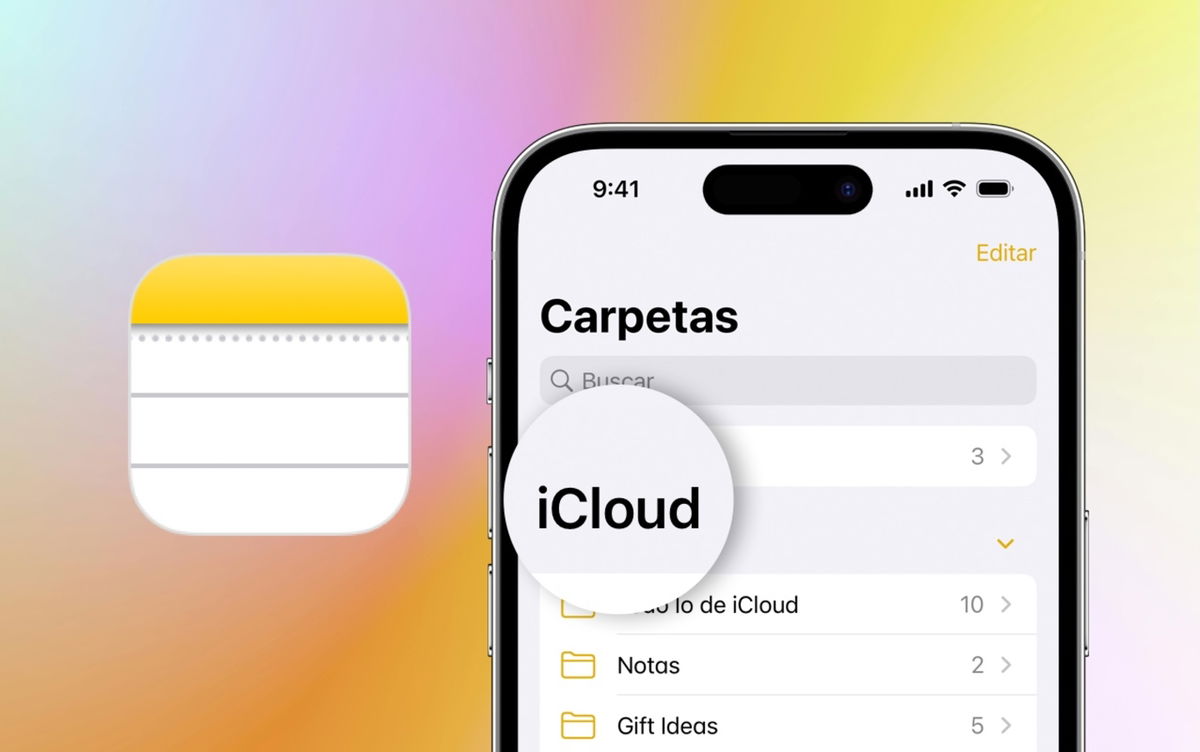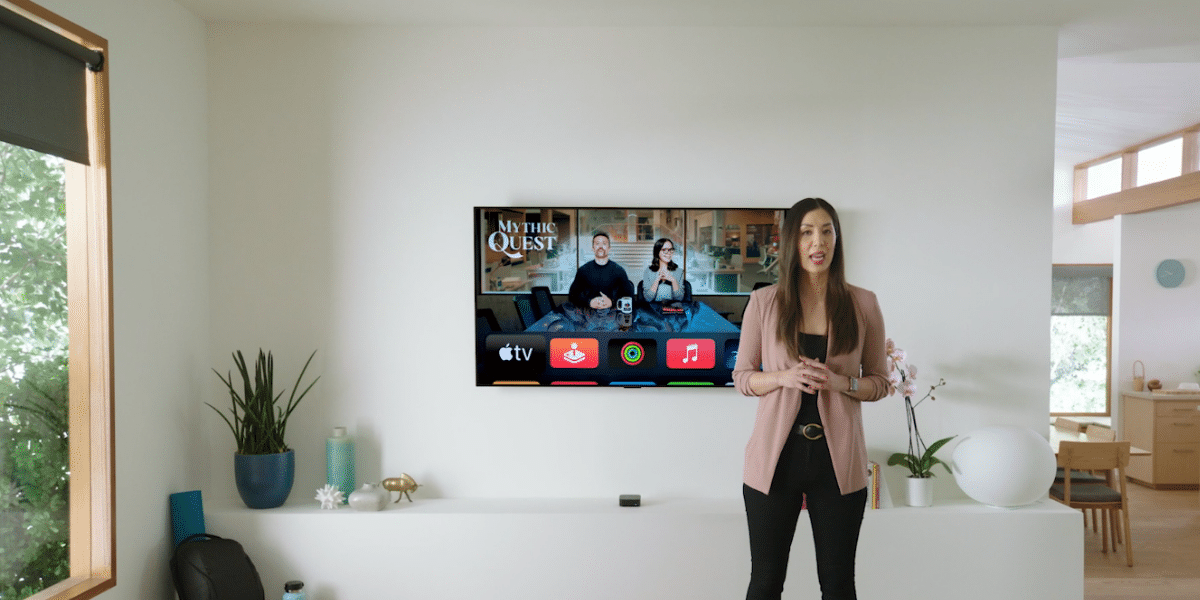Microsoft has just announced a new service called Windows 365. With it we can run a full version of Windows in the browser of any device. A service that will arrive from August 2 and which will mean, in a few words, that we can run Windows on an iPad, Mac and even an iPhone just by opening Safari.
Cloud computing at its best
Although initially this service is only available to businesses, it is to be expected, given the Redmond company’s interest in the cloud, that it will eventually reach end users. Thanks to this service, the execution part of Windows is running on the server side in the Microsoft cloud
Our recent Work Trends Index found that 73% of workers want flexible remote working options maintained, but at the same time, 67% also say they want more in-person collaboration after the pandemic. This creates the paradox of hybrid work, leaving organizations around the world grappling with how to connect in a hybrid world and provide workers with access to organizational resources at home, office and all in between.
As we’ve embraced the cloud for other products, our vision for a Windows 365 PC in the cloud is to offer a new way to experience Windows through the power of the cloud, while solving new and traditional challenges for organizations. Windows. This new paradigm is not limited to authorizing and securing remote access. User experience is more important than ever to attract and retain talent, improve productivity and ensure security.
The concept is exactly the same as what we see in different cloud gaming platforms today. While some powerful servers take care of moving the entire operating system, the only requirement to run Windows on any device is have a good internet connection.
This approach has some advantages, as Microsoft explains, such as immediate start or ability to run complex applications on any device, in addition to having all our applications anywhere. It is true that we will have to see, for small screens, how to solve certain interface problems, but the idea is undoubtedly interesting.
While it is true that it looks like we should say goodbye to Bootcamp or Parallels, the truth is that Microsoft’s bet still has some way to go. In the same area of connectivity, we are still far, particularly in certain areas, from having a connection of sufficient quality.
With this approach, Microsoft is taking a completely opposite path to the one we see Apple taking, which is committing to more powerful processors and to running more and more services locally, like Siri in iOS 15, for example. There are several arguments for local computing, starting with the increasingly fundamental privacy or the long-term cost of cloud services. There are also arguments in favor of moving cloud computing, certainly we will see how the landscape evolves.









